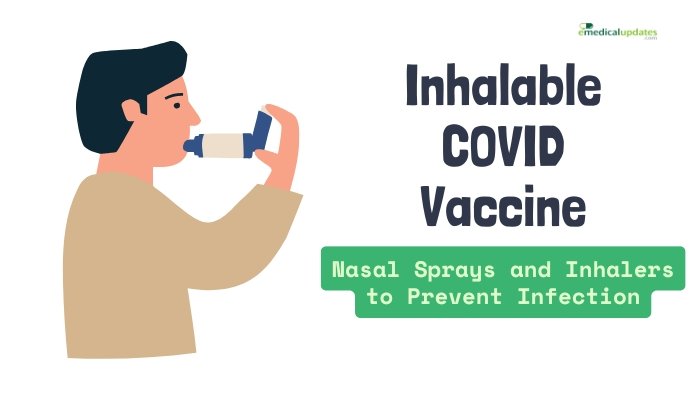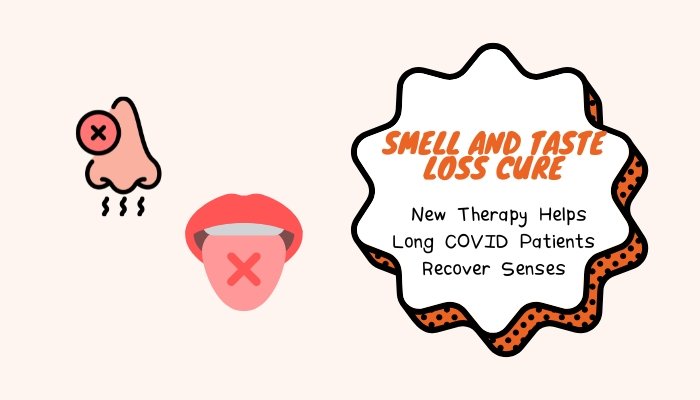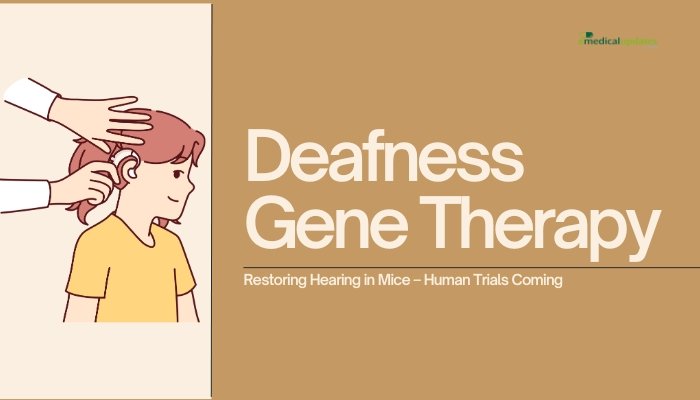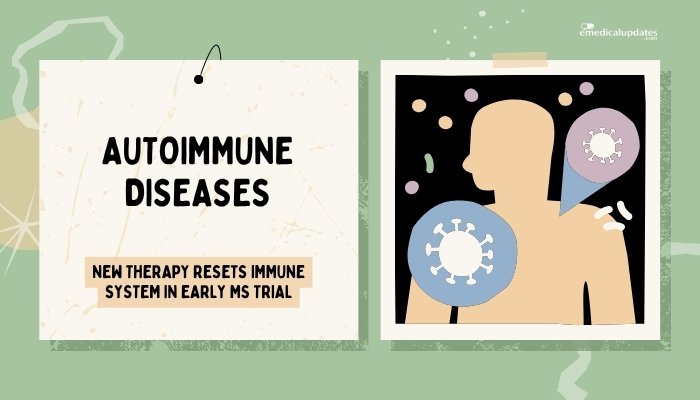Introduction
While injections remain the most familiar method for administering COVID-19 vaccines, a new generation of inhalable or nasal vaccines has emerged. These vaccines deliver immunization directly into the respiratory tract—the virus’s main gateway—potentially inducing stronger mucosal immunity and offering greater convenience.
With a few candidates already authorized in certain countries and others in clinical trials, this approach could transform vaccine delivery, improve uptake among needle-averse individuals, and bolster defense against respiratory infections.
Why an Inhalable COVID Vaccine?
Mucosal Immunity
When a virus enters through the nose or mouth, the mucosal immune system can provide a critical first-line defense. Traditional intramuscular injections primarily stimulate systemic immunity, whereas inhaled or nasal vaccines:
- Local Antibody Response: Generate secretory Immunoglobulin A (sIgA) in the nasal or bronchial passages.
- Blocking Transmission: By stopping infection at the source, they might reduce viral shedding and spread, beyond simply preventing severe disease.
Improved Access and Comfort
- No Needles: Could encourage more widespread vaccination among those who dislike shots.
- Ease of Administration: Health workers with minimal training can administer a nasal spray, or self-administration might be possible if instructions are straightforward.
- Less Medical Waste: Fewer syringes or sharps disposal issues.
Leading Inhalable Vaccine Candidates
Nasal Spray Vaccines
Some products are delivered via a nasal sprayer, covering the nasal cavity with vaccine fluid. Early data show:
- Immune Activation: Enhanced local and systemic T-cell and B-cell responses, with no major adverse events.
- Real-World Trials: Parts of Asia have approved or tested intranasal COVID vaccines, though global usage remains limited.
Aerosol Inhalers
Alternatively, inhaled vaccines use nebulizers or specialized inhalers to produce a fine mist:
- Deeper Lung Delivery: The alveolar region might develop robust memory cells.
- Challenges: Uniform distribution throughout the respiratory tract, plus ensuring correct inhalation technique.
Clinical Evidence and Status
Trial Phases and Preliminary Results
- Phase I/II data from various vaccine developers indicate robust neutralizing antibodies in respiratory secretions and bloodstream.
- Phase III or real-world effectiveness data remain more limited, but ongoing or planned large-scale studies aim to confirm safety, efficacy, and potential to lower infection rates.
Comparison with Injection Vaccines
While existing mRNA or adenovirus-based shots are proven to reduce severe COVID-19, inhaled vaccines could surpass them in preventing mild or asymptomatic infections. However, direct head-to-head trials are needed for definitive comparisons.
Benefits Over Traditional Shots
- Less Fear: A quick nasal spray or inhaled puff is more tolerable for many.
- Potentially Better Transmission Control: Mucosal immunity might significantly cut virus shedding.
- No Sharps: Reduces the logistics of needle disposal, beneficial in large-scale or remote immunization drives.
Challenges and Considerations
Proper Administration
Ensuring consistent dosage can be tricky: technique or breath capacity vary across individuals, potentially affecting the vaccine’s uptake.
Storage and Stability
Some inhaled formulas still require cold chains or have strict handling guidelines. Others may be more stable at typical refrigeration temperatures, but thorough data is required.
Regulatory Approval
For a brand-new approach, each product must demonstrate robust real-world protection and acceptable safety in large populations. Agencies may demand robust efficacy data, particularly on infection-blocking benefits.
Future Outlook
Potential Seasonal Booster
If COVID-19 becomes seasonal, inhalable boosters might gain traction—particularly for their user-friendliness and potential for better local immunity.
Expanding to Other Respiratory Diseases
Success with inhalable COVID vaccines might spur development of similar inhalable or nasal vaccines for influenza, RSV, or emerging respiratory pathogens.
Integration into Public Health Strategies
Widespread acceptance depends on cost, supply, and acceptance. If proven superior in preventing infection and transmission, health authorities may incorporate them into standard vaccination programs, especially if new variants threaten.
Frequently Asked Questions
- Is an inhalable vaccine as effective as an injection?
- Preliminary data suggest strong immunogenicity, especially in preventing infection. However, more trials are needed for definitive comparisons.
- When can I expect it to be available?
- Some forms are authorized regionally (e.g., in China). Wider global rollout depends on finishing advanced trials and obtaining regulatory approvals.
- Could a nasal vaccine cause side effects like nasal congestion?
- Generally, mild local irritation or transient discomfort may occur, but serious events appear rare in early studies.
- Do I need a booster if I get an inhalable vaccine?
- Likely yes, depending on how variants evolve and how immunity wanes over time. The frequency of boosters remains under review.
- Will it replace injected vaccines entirely?
- Possibly not. Inhalable vaccines may complement or serve as boosters. Some populations or immunocompromised individuals might still require injectables.
Conclusion
The emergence of inhalable COVID-19 vaccines—whether administered via nasal spray or aerosol inhaler—represents an exciting innovation in pandemic control. By focusing on mucosal immunity, these vaccines promise improved infection-blocking power, user-friendly application, and potentially broader acceptance among those reluctant to receive injections. Yet widespread implementation depends on further clinical validation, cost-effectiveness, and the ability to produce these vaccines at scale.
If these challenges are met, inhalable vaccines might become a staple in the fight against future COVID surges, offering a rapid, needle-free, and more comfortable path to broad immunization. The next few years will determine whether this concept moves firmly into the mainstream of respiratory disease prevention.
References
-
- Le TT, et al. (2022). “Nasal vaccine development for SARS-CoV-2: rationale and early clinical insights.” Vaccine.
-
- WHO (2023). “COVID-19 vaccine pipeline updates: mucosal and inhaled candidates.”
-
- Tang J, et al. (2021). “Inhalable COVID vaccine strategies and immunogenic potential.” Lancet Infect Dis.
-
- Zhou Y, et al. (2022). “Intranasal COVID-19 vaccine: evidence from Phase II studies.” Nat Commun.






